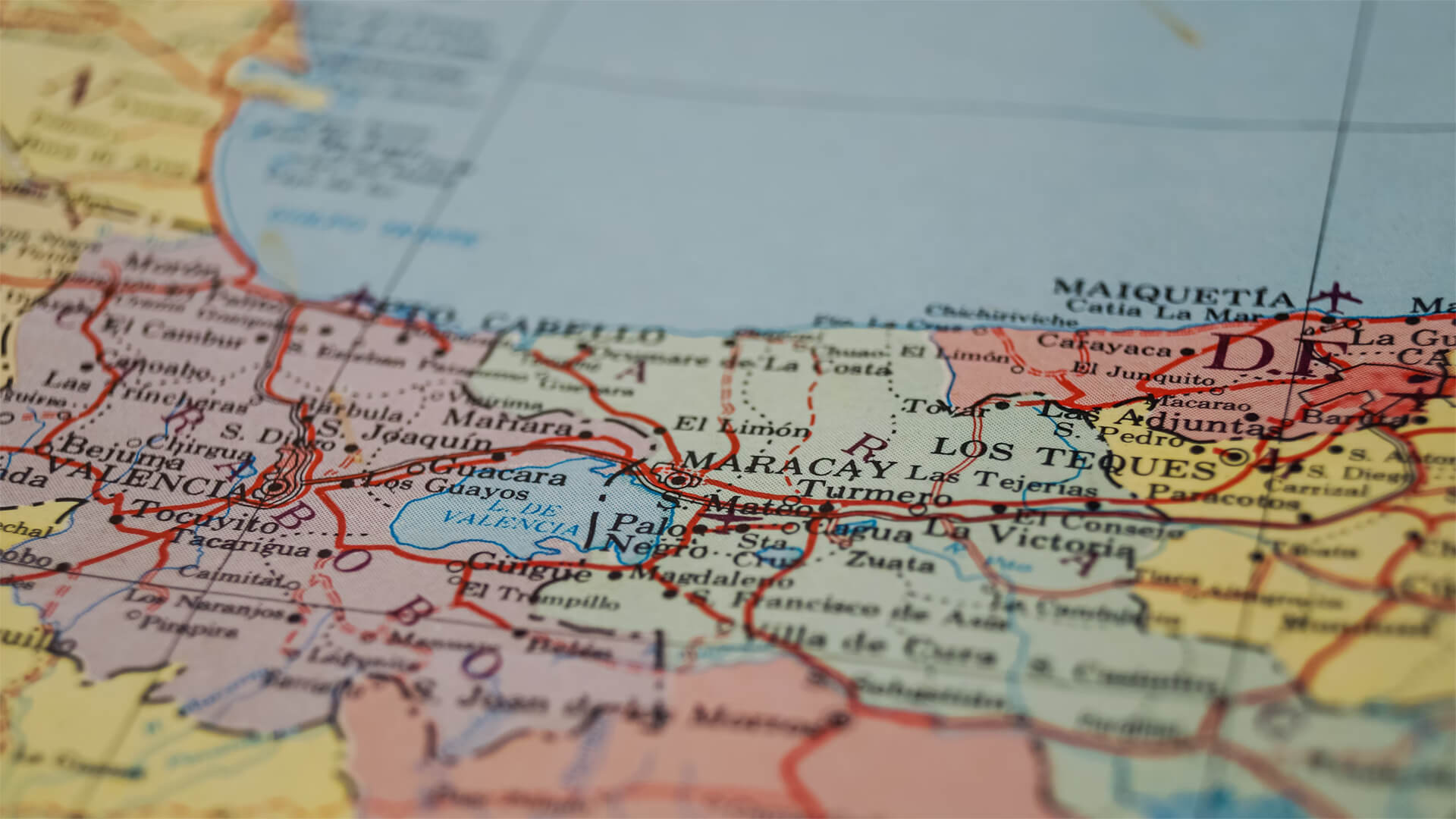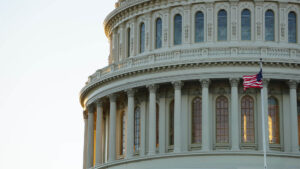US military intervention in Venezuela keeps getting floated around, but I’m not sure people fully comprehend how UGLY this would be.
Venezuela is a mess. They have a corrupt leader, who has caused irreparable harm to the nation…but getting rid of him is the easy part. Caracas is the Everest of this endeavor, and it all comes down to geography. Sure, Caracas looks coastal, but it sits on a plateau behind 2 miles of tunnels and steep mountains. Translation: it’s not easy to get to.
We are talking about the US military though, so capturing Caracas wouldn’t be difficult. Holding and sustaining the population afterward is the scary part. We’re talking a multi-year, multi-billion-dollar project, with a population that depends upon imports that travel on fragile transit infrastructure. Think of this is a South American Chechnya.
Before I say this next line, allow me to emphasize that this as a VERY bad idea. But if someone was really gung on invading Venezuela, the western port city of Maracaibo is where I would start.
Transcript
Peter Zeihan here, coming to you from Colorado. Today we’re talking about Venezuela because relations between the Americans and the Venezuelans are getting pretty nasty, and people are starting to discuss, I wouldn’t say plan, but discuss whether or not there’s going to be a military intervention. At the moment, I don’t have any guidance on that. The Maduro government of Venezuela is obviously horrendously corrupt and obviously is involved in drug trafficking, if not to the degree that the Trump administration asserts.
Most of the drugs still come from Colombia up through Central America and Mexico and the United States doesn’t mean that there’s not an important vector coming out of Venezuela, but it’s nowhere near the primary one. But the Maduro government is absolutely involved with the smuggling. So, you know, everybody gets a piece for the right, everybody gets a piece where they’re wrong.
Let’s talk about what a military intervention would look like. The population of Venezuela, most notably the capital, Caracas, is only a few miles from the coast, which makes it sound like it’s ripe for a maritime intervention or an amphibious landing. But you would be wrong, because there’s a very strong coastal uplift with mountains basically paralleling the coast in that entire section of the country.
So to get to Caracas, you actually have to go up into the mountains and then punch through a couple of tunnels, one of which is about a mile and a third long. The other one’s a little less than a third of a mile, half a mile somewhere in there. In order to get to the plateau where the city is.
So four lane highway, two tunnels, which collectively are about two miles long, which means knocking off Nicolas Maduro and his government, is not the hard part. The hard part is then keeping the city and the country alive between the incompetence of Maduro. He used to be a bus driver and his predecessor, Hugo Chavez, who was touched. This country has completely destroyed their capacity for growing food and even if you remove the government and everything, all of a sudden remembers how to do it.
You still have a couple of growing seasons before anything would be back on the sheet. So I strongly encourage you to consider what happened back in Iraq when the United States knocked off the Hussein government. Food production plummeted for a couple of years before eventually gradually recovering. In the meantime, the United States was responsible for keeping the civilians alive.
But in the Iraq scenario, we could ship things in through northern Iraq because Turkey was an ally and there was infrastructure in place. We could ship things in from the south because Kuwait was an ally, and there was a U.S. military base right there, and there was a port, right at the southern tip of Iraq. So there were a number of ways that things could be brought in.
You don’t have that with Caracas. The food production regions are more deeply in the interior, and you required billions, if not tens of billions of dollars of reconstruction work to bring online. And you have to ship in everything for the capital through this four lane highway. And this is a place that, based on whose math you’re using, imports somewhere between 70 and 80% of their food, mostly ultimately from the United States.
But that’s another issue anyway. So tunnels, one that’s over a mile long, even a mild explosive by, say, a TV star who decides he wants to stick it to the Americans, shuts that down, and now you’re forced to use a road that was built before 1950 that goes up and over the mountains, which takes a lot longer now, a lot longer subjective.
If you use the tunnel system to get in from the coast and there’s really no traffic, this is less than a half hour drive. If you go up and over, it’s maybe an hour and 15 minutes. But if you’re talking about a military occupation where the United States is directly responsible for the security and food distribution over 5 million people, that’s a whole nother problem.
You’re talking about hours and any number of ways that things can go wrong. One of the advantages we had in Iraq that everything was a flat desert road. Mountains are very, very different. Basically, you’d be working in a tropical Chechnya. It would be ugly. And for those of you think that. Hey, air power. Yeah. No, it takes about a thousand times the energy to move a pound by air that it does by water.
And maybe 100 times compared to what it takes to move by road. And like the Berlin Airlift, which people like to point to, we were flying things from western Germany to West Berlin, which was less than 100 miles here. The nearest airbase is what Cuba, which we’re not going to be operating from. So you’d have to set up some sort of operation on one of the outlying lines, like, I don’t know, Margarita, and then fly in from there and just.
No, no, no, there’s no way you support 5 million people that way. So knocking off the top cut of the head off a snake, that’s the easy part. Reconstruction is an ongoing issue that would take years, if not decades, and keeping everyone alive from here to there would be just beyond what the U.S. military could handle. If this is not me saying we should do it this way, but if this were to happen, the more reasonable approach would be to do the invasion via a place called Maracaibo, which, if you look at a map of Venezuela, is this big bay to the west?
It has no escarpment separating from the water. The major population centers are actually ports. It’d be much easier for U.S. forces to operate it. And two other things to keep in mind. Mark Cabo is a major oil producing region, and it doesn’t particularly like Caracas. It never has. And if there’s ever going to be a secession war in Venezuela, it’s going to be Maracaibo trying to go its own way.
So the likelihood of the population being hostile is much lower, and the likelihood of being able to keep the population alive is much higher. So if if it’s going to be done, that would be the way to do it. Not me saying that this is a Latin American war. That would be fun. It wouldn’t be. But you don’t have to make it a disaster.








